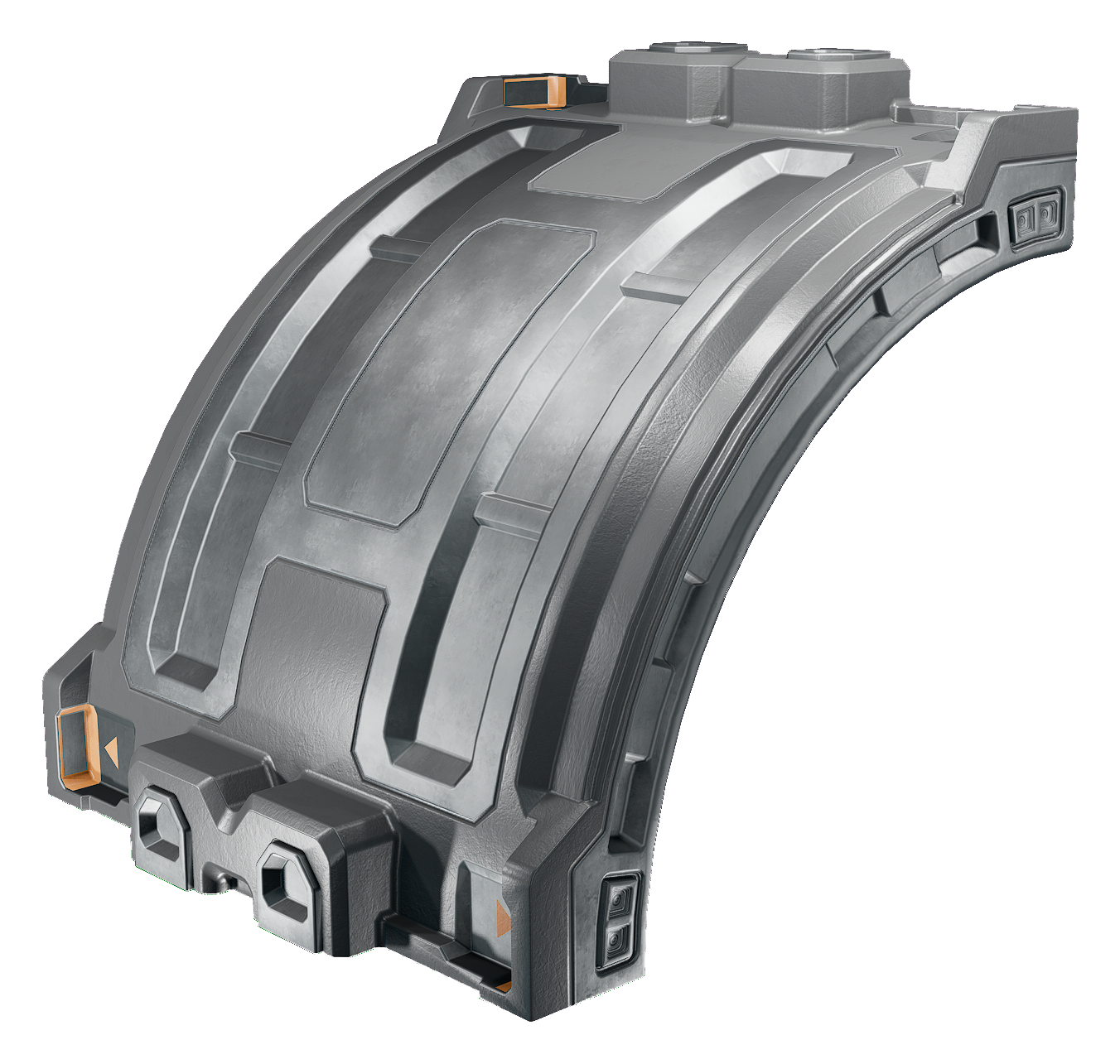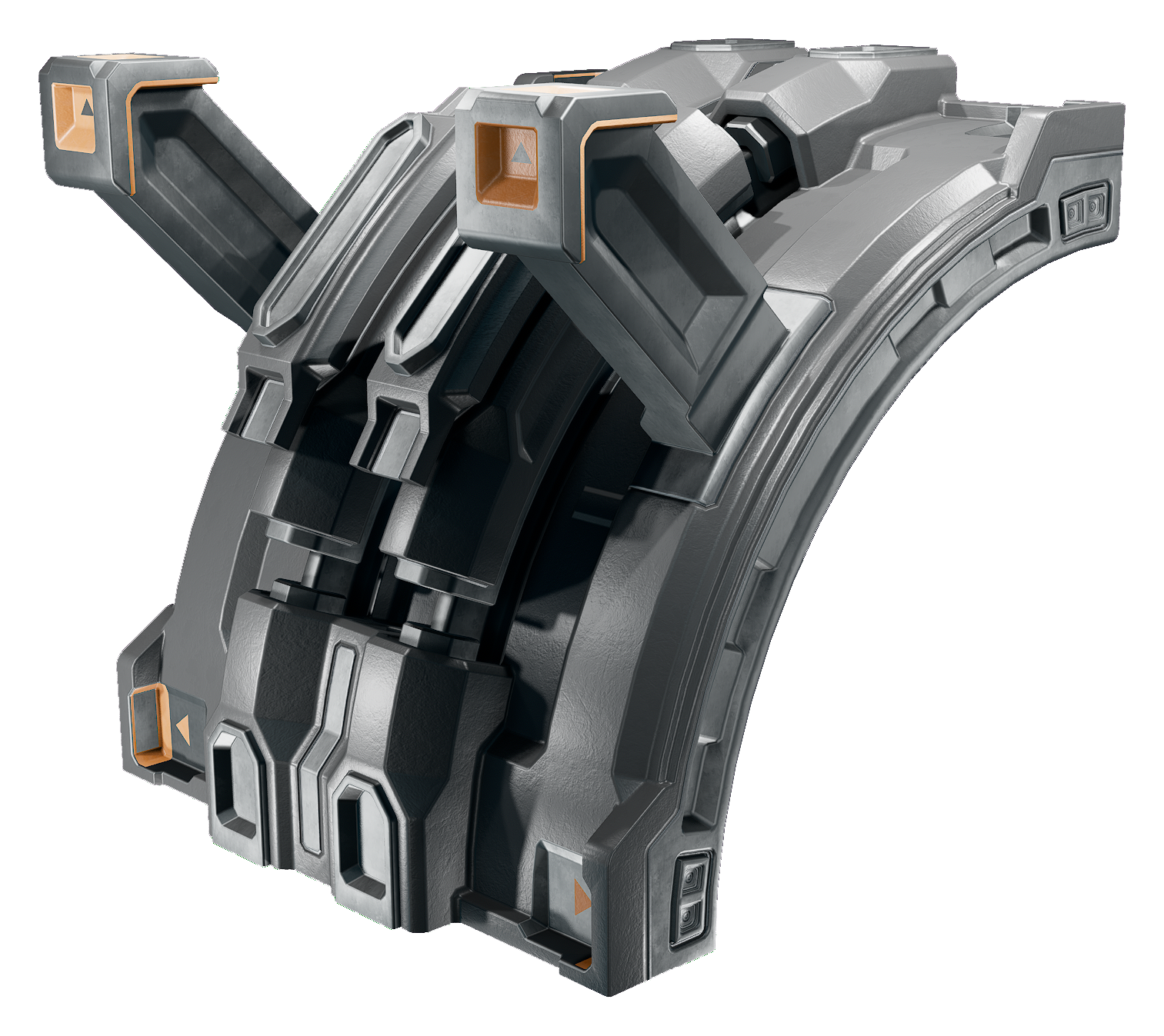Difference between revisions of "Plasma thruster superconductor"
Jump to navigation
Jump to search
m |
m (→Variants) |
||
| (One intermediate revision by one other user not shown) | |||
| Line 13: | Line 13: | ||
|type=Thruster device | |type=Thruster device | ||
|function=Magnifies thrust force | |function=Magnifies thrust force | ||
}} | }} | ||
| Line 34: | Line 34: | ||
|corrosionResistance=521 | |corrosionResistance=521 | ||
|primaryMaterial=Kutonium | |primaryMaterial=Kutonium | ||
|size= | |size=288×288×288 cm | ||
}} | }} | ||
| Line 59: | Line 59: | ||
|corrosionResistance=521 | |corrosionResistance=521 | ||
|primaryMaterial=Kutonium | |primaryMaterial=Kutonium | ||
|size= | |size=288×288×288 cm | ||
}} | }} | ||
Latest revision as of 11:49, 2 August 2021
The plasma thruster superconductors are responsible for the magnification of the thrust force generated by the core. They come in forms with and without struts, and complete superconductor rings (composed of four superconductor parts) can be stacked linearly to add an additional 7,000,000 thrust per ring.
Variants
The superconductor parts come in two variants: One with supporting struts, and one without.
Superconductor struct
Size 288×288×288 cm
Mass 37,121.6 kg
Volume 3,966 kv
Corrosion resistance 521
Primary material Kutonium
Composition

